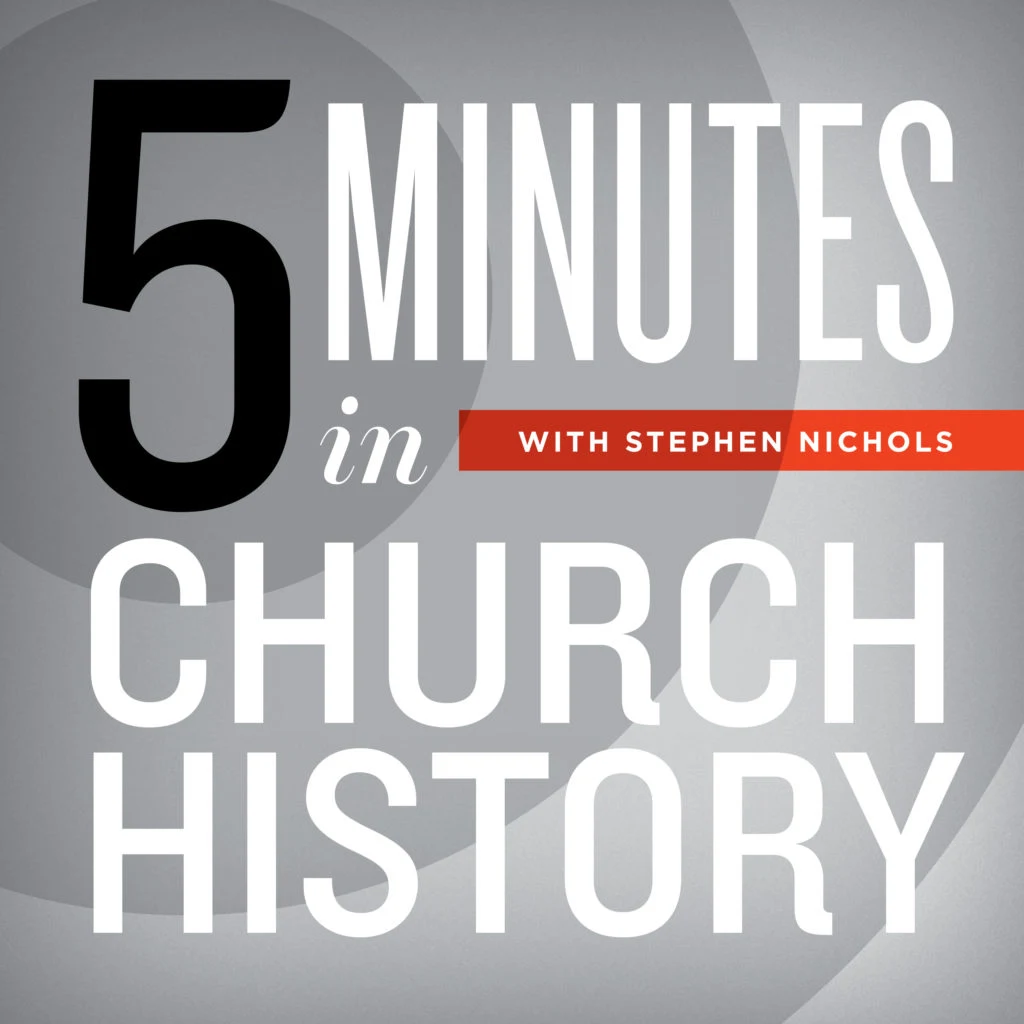The Flushing Remonstrance

On December 27, 1657, a group of Dutch colonists in New Netherland took a stand for religious liberty. Today, Stephen Nichols tells the story of the Flushing Remonstrance, one of the earliest American documents to defend religious freedom.
Welcome back to another episode of 5 Minutes in Church History. On this episode, we are going back to December 27th, 1657 and the Flushing Remonstrance. Let's look at each of those words.
First, Flushing is a neighborhood in the borough of Queens in New York City. Remonstrance means to remonstrate against something, which is sort of demonstrating against something, but maybe a little bit more strong. So what was this thing that was being demonstrated against in Flushing, New York in 1657? Well, before we get there, let's do a little history of the colony of New York. We spend a lot of time talking about the New England colonies and American church history, but New York plays quite a role and so we go back to 1528 and the Italian explorer, Giovanni da Verrazzano discovers New York. Then many decades later, in 1608, the first Dutch settlers arrived, and by 1624, they founded the capital New Amsterdam.
This was on the southern tip of what is today Manhattan Island. That was the capital of the colony that was first known as New Netherland. This was largely a trading colony and part of the operations of the Dutch West Indies Company. And of course, much of what was traded and what was exported from this colony were furs. The English took over the colony in 1664 and they renamed it from New Netherland to New York after the Duke of York, who would then become King James II of England. But before all that, with the English we have the Flushing Remonstrance and 1657, we have to start with the governor of the colony, or perhaps more technically accurate, the Director General of the Dutch Province of New Netherland, Peter Stuyvesant. If we go back to the Dutch Republic across the Atlantic back in Europe, we see that the Dutch Republic had a degree of religious freedom, unique among the European nations and their state churches.
This religious freedom was initially the case, and also true of New Amsterdam. Stuyvesant was less favorable to religious tolerance, and he was especially concerned about the presence of Quakers and the presence of Quaker missions in this colony. In 1656, he issued an ordinance that curtailed religious freedom and called even for the arrest of those who were holding religious services that were not part of the Dutch Reformed tradition. The leaders and the residents of the Flushing neighborhood in Queens did not agree. They were all Dutch Reformed, but they did not want to enforce the ordinance, and they certainly did not want to arrest Quakers. So, they, all of the men of the village, about 30 of them, signed their name to the Flushing Remonstrance saying that they would not follow it, but instead they would be promoting religious freedom. Stuyvesant responded by arresting the leaders and putting in his own chosen replacements.
There are about four leaders of this group, and the principal leader and the principal author of the Remonstrance was a man named Edward Hart. Well, two of leaders recanted at the time that they were arrested, and so Hart and another of them were jailed. The third recanted shortly after he went to jail. And then after about a month of imprisonment and seeing that Edward Hart would not recant, he was released by Stuyvesant and continued his life there in the Flushing neighborhood. As historians look back over the colonial period in the New World, they see this Flushing Remonstrance from 1657 as one of the first documents in the New World promoting religious freedom. And so there we have it from December 27th, 1657 in this Dutch colony of New Amsterdam in the neighborhood of Flushing, the Flushing Remonstrance. I'm Steve Nichols and thanks for listening to 5 Minutes in Church History.
Recent Episodes
A Little Church History of a Middle Colony: Early Influences
December 10, 2025|American Church History
Gunpowder and a Proclamation
December 3, 2025|Geographical Perspectives
Thanksgiving in Church History
November 26, 2025|American Church History
3 Sermons on the Hallelujah Chorus
November 19, 2025|General Church History
Charles Jennens’ Libretto
November 12, 2025|General Church History
Cyprian of Carthage: Crisis in the 3rd Century
November 5, 2025|General Church History
